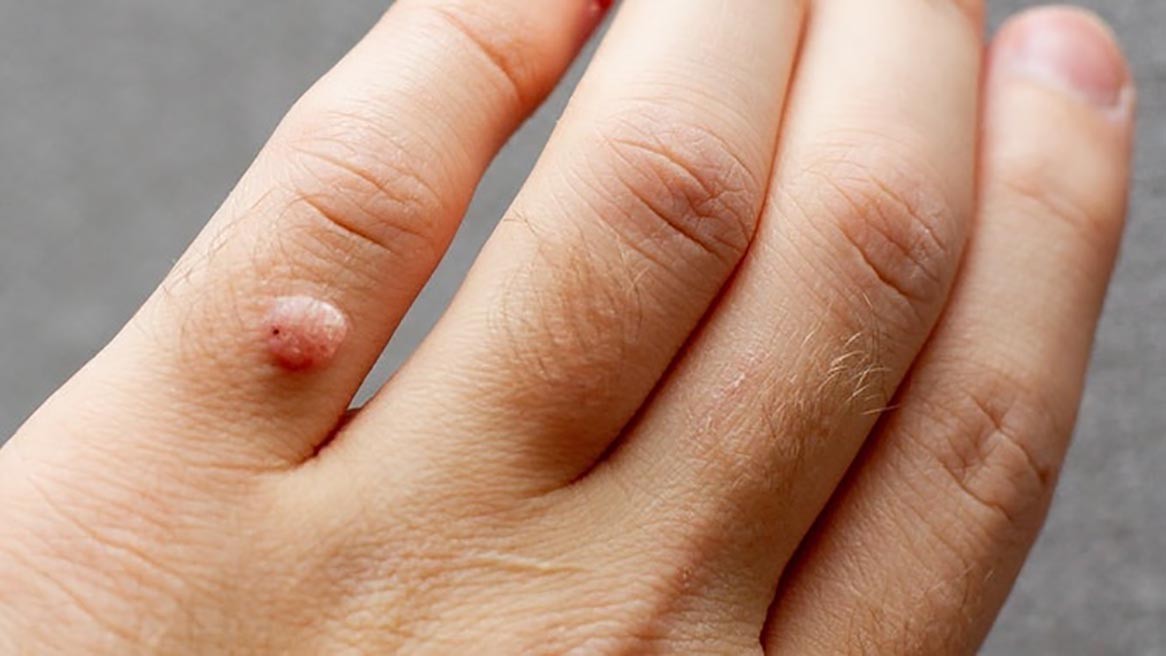How warts work and why we'd care
Warts and verruca are typically small and hard growths that are similar in color to the rest of the skin. They typically do not result in other symptoms, except when on the bottom of the feet, where they may be painful. While they usually occur on the hands and feet, they can also affect other locations.
You can treat warts if they bother you, keep coming back or they are painful. [1]
You can buy creams, plasters and sprays from pharmacies to treat warts and verrucas, but these treatments can long to complete, may irritate your skin and do not always work. You should not use these treatments on your face.
A doctor may be able to freeze a wart or verruca so it falls off a few weeks later. Sometimes it takes a few sessions.
If treatment has not worked or you have a wart on your face, other treatments include minor surgery and treatment with laser or light.
Warts and verrucas are caused by a virus. They can be spread to other people from contaminated surfaces or through close skin contact. You're more likely to spread a wart or verruca if your skin is wet or damaged.
Common warts are caused by the human papillomavirus (HPV). The virus is quite common and has more than 150 types, but only a few cause warts on your hands. Some strains of HPV are acquired through sexual contact. Most forms, however, are spread by casual skin contact or through shared objects, such as towels or washcloths. The virus usually spreads through breaks in your skin, such as a hangnail or a scrape. Biting your nails also can cause warts to spread on your fingertips and around your nails.
Each person's immune system responds to the HPV virus differently, so not everyone who comes in contact with HPV develops warts.
Common warts are transmitted by touch and it may take a wart as long as 2-6 months to develop after your skin has been exposed to the virus. Common warts are usually harmless and eventually disappear on their own. But many people choose to remove them. [2]
People at higher risk of developing common warts include:
Children and young adults, because their bodies may not have built up immunity to the virus
People with weakened immune systems, such as those with HIV/AIDS or people who've had organ transplants
To reduce your risk of common warts:
Avoid direct contact with warts. This includes your own warts.
Don't pick at warts. Picking may spread the virus.
Don't use the same pumice stone or nail clipper on your warts as you use on your healthy skin and nails.
Don't bite your fingernails. Warts occur more often in skin that has been broken. Nibbling the skin around your fingernails opens the door for the virus.
Warts may be common in wet places like a swimming pool where the skin becomes damp and soft. Having damp, soft skin may increase the risk of getting HPV infection, which could lead to a wart.
[1] https://www.nhs.uk/conditions/warts-and-verrucas/
[2] https://www.mayoclinic.org/diseases-conditions/common-warts/symptoms-causes/syc-20371125

